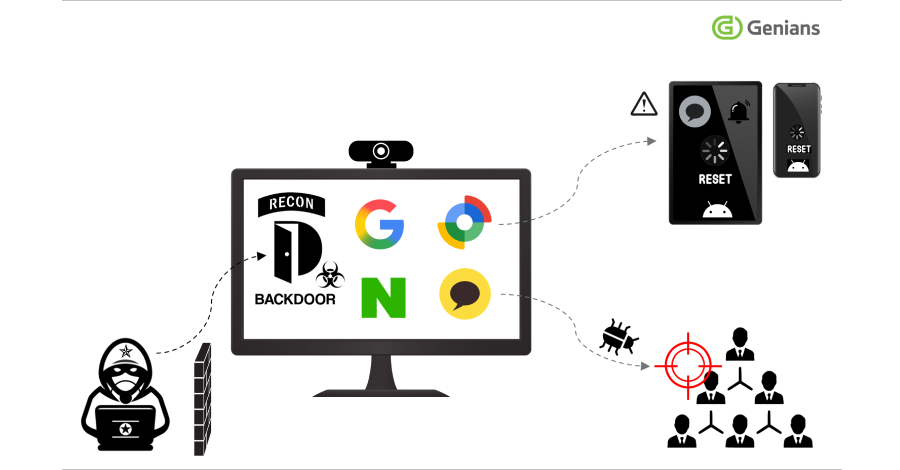A significant security flaw has been identified in Rockwell Automation’s Verve Asset Manager, specifically affecting versions 1.39 and earlier. This vulnerability, designated as CVE-2025-1449, carries a CVSS v3.1 base score of 9.1, indicating a critical severity level. The flaw arises from inadequate input validation within the administrative web interface of the Legacy Agentless Device Inventory (ADI) feature, which, despite being deprecated since version 1.36, remains present in the affected versions.
Technical Details:
The vulnerability is rooted in the improper sanitization of variables within the ADI’s administrative web interface. This oversight allows users with administrative privileges to manipulate variables in a manner that can lead to the execution of arbitrary commands within the context of the service’s container. Such a scenario poses significant risks, including potential disruption of industrial processes, unauthorized access to sensitive data, and the establishment of persistent threats within the network.
Impacted Systems:
The following product versions are affected:
– Verve Asset Manager versions 1.39 and earlier.
Remediation Steps:
Rockwell Automation has addressed this critical issue in Verve Asset Manager version 1.40. Users are strongly encouraged to upgrade to this latest version promptly to mitigate the associated risks. For those unable to perform an immediate upgrade, it is advisable to implement security best practices, such as restricting administrative access and monitoring system activity for unusual behavior.
Security Implications:
While there is currently no evidence of active exploitation of this vulnerability, the potential impact underscores the importance of proactive security measures. Industrial automation systems are increasingly targeted by sophisticated threat actors, making timely updates and vigilant monitoring essential components of a robust cybersecurity strategy.
Recommendations:
– Immediate Upgrade: Users should upgrade to Verve Asset Manager version 1.40 without delay.
– Access Control: Limit administrative access to essential personnel only.
– System Monitoring: Implement continuous monitoring to detect and respond to unauthorized activities promptly.
– Security Best Practices: Adhere to established security protocols and guidelines to enhance overall system resilience.
By taking these steps, organizations can significantly reduce the risk posed by this vulnerability and strengthen their defense against potential cyber threats.



